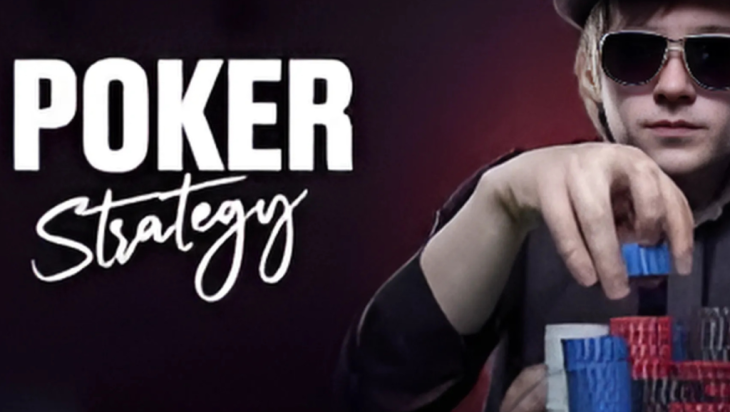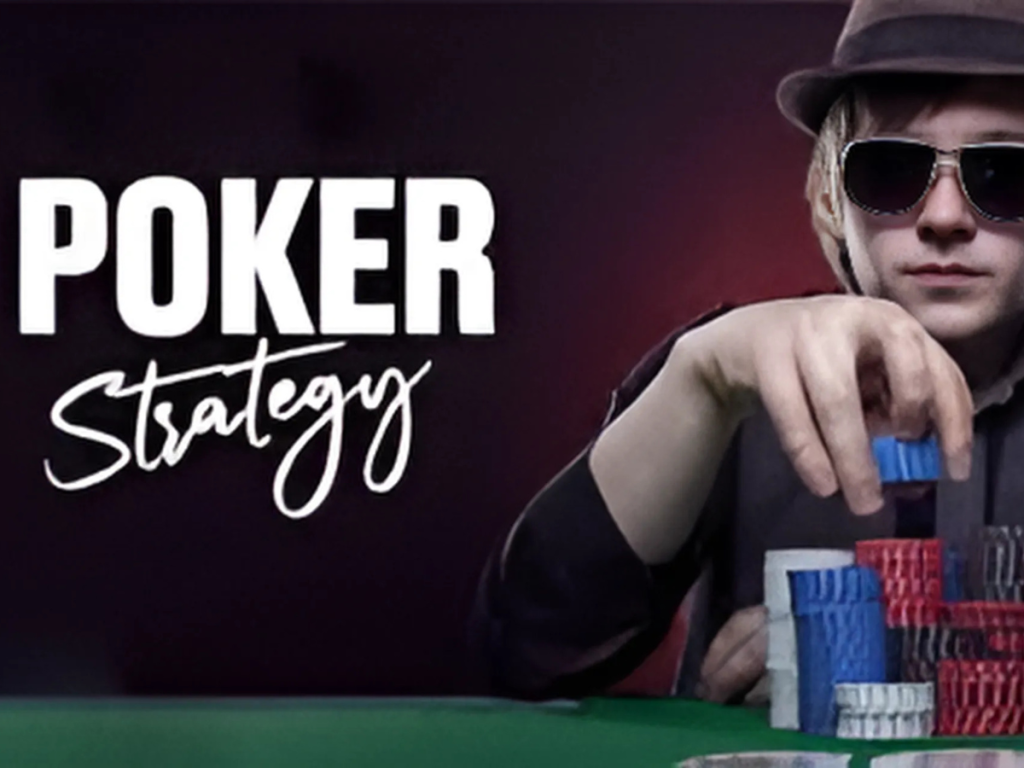The Role of Strategy and Psychology in Online Poker: How to Read Your Opponents

Prepend to the content

In online poker, success is built on two critical pillars: strategy and psychology. While a sound understanding of mathematical principles like pot odds and expected value is essential, the human element of the game—reading opponents and mastering your own emotions—often proves to be the ultimate differentiator between winning and losing.
Online poker players who fail to grasp the psychological nuances of the game are, in essence, playing with only half the deck. Understanding the minds of your opponents and managing your own emotions are as crucial as any playbook strategy. Let’s dive deep into the role of psychology and how it intertwines with strategy to create a well-rounded, effective poker game.
Knowing Yourself
The journey toward becoming a skilled poker player starts with self-awareness. This is no small task, as poker players are often their own worst enemies. Self-delusion runs rampant at the table, both in live and online games. Players convince themselves that bad beats are just bad luck, not the result of poor decision-making. Rationalization becomes a defence mechanism, deflecting accountability.
Self-honesty, though painful, is the antidote to this delusion. It allows players to evaluate their performance objectively, acknowledge their mistakes, and improve. For example, losing a big pot stings, but blaming your opponent’s supposed “luck” instead of dissecting your own decisions will do little to upgrade your game. Understanding why you play—whether for the thrill, social engagement, or competition—can also help tailor your approach and curb self-destructive tendencies.
The Tilt Factor
One of the most pervasive threats to a poker player’s success is tilt. Tilt refers to the emotional state where frustration, anger, or even overconfidence clouds judgment, leading to poor decisions and unnecessary losses. The first step to combating tilt is recognizing it. For many, this involves identifying personal triggers, such as trash-talking opponents, a string of bad hands, or an unexpected loss.
When tilt strikes, stepping away from the game—even for a few minutes—can save your bankroll. Acknowledge your emotions, but don’t let them dictate your play. Building this mental resilience is crucial to long-term success in poker.
Understanding Your Opponent
Poker psychology extends far beyond self-reflection. To truly master the game, players must learn to read their opponents, even in the absence of physical calls available in live games. Online poker requires a keen eye for behavioural patterns, betting habits, and timing to decode an opponent’s strategy.
The Four Poker Archetypes
One framework for categorizing opponents is the four basic playing styles:
Tight-Passive (“The Rock”)
These players are conservative and rarely take risks. They’re easy to bluff, but extracting value from them can be challenging since they only commit to pots with strong hands.
Loose-Passive (“The Calling Station”)
These players love to see flops and often call bets with weak hands. They’re great targets for value bets, but bluffing them is generally ineffective because they tend to call regardless of the situation.
Tight-Aggressive (TAG, or “The Shark”)
This is the ideal style for most serious players. TAGs are disciplined, patient, and know when to apply pressure. Facing a shark requires careful observation and counter-strategy, as they adapt quickly.
Loose-Aggressive (LAG, or “The Maniac”)
Maniacs thrive on chaos, making large bets and putting constant pressure on opponents. While their style can be intimidating, it often leads to reckless mistakes that sharp players can exploit.
The Spectrum of Play
While these categories provide a solid starting point, players should recognize that human behavior is nuanced. Poker styles exist on spectrums—tight versus loose and passive versus aggressive. Each opponent will fall somewhere along these axes, and your ability to pinpoint their tendencies will improve with practice.
Once you’ve identified an opponent’s playing style, the next step is to adapt your strategy to exploit their weaknesses. For example, against a maniac, it’s best to tighten your range and wait for strong hands to capitalize on their aggressive tendencies. When facing a calling station, bluffing is generally ineffective, so focus on extracting value with strong holdings instead. Conversely, against a rock, increasing aggression to steal blinds and small pots can be highly effective, as they tend to hesitate when defending. This ability to adjust dynamically is the hallmark of advanced poker strategy, where psychology and mathematics seamlessly intersect.
Bluffing and Table Image
Bluffing is the quintessential psychological strategy in poker, but its success hinges on understanding your opponent. Bluffing a calling station, for example, is futile because they’re unlikely to fold. Conversely, targeting a cautious opponent after a tough loss may yield better results, as their confidence is shaken.
Equally important is managing your table image—how opponents perceive your playing style. If you’ve been playing tight, a well-timed bluff can be more believable. Conversely, if you’ve been loose, opponents are more likely to call your bets. The ability to shift gears and manipulate your image adds another layer of depth to your game.
The psychological aspect of poker becomes increasingly intricate as players progress through higher levels of thinking, where strategy evolves into a true battle of wits. At Level 1, a player’s focus remains entirely on their own cards, limiting their decision-making to the strength of their hand. Advancing to Level 2 means stepping into the opponent’s shoes and assessing what they might be holding based on their actions. At Level 3, the complexity deepens as players analyze what their opponent believes they are holding, using this insight to influence their moves and exploit misjudgments. Finally, Level 4 represents a mental chess game, where players contemplate what their opponent thinks they believe the opponent holds, creating layers of deception and counter-deception. Mastering these advanced levels demands far more than technical proficiency; it requires acute observational skills, emotional intelligence, and a deep understanding of human behavior. The intricate back-and-forth psychological games that unfold at these levels can be the deciding factor in whether a player triumphs or falters during a session.
While poker strategy is rooted in mathematics and probability, psychology brings an essential human dimension to the game. A well-rounded player balances these elements, using cold, hard numbers to guide decisions while leveraging psychological insights to gain an edge.
By mastering both the strategic and psychological facets of poker, you position yourself not only to win more often but to enjoy the game’s intellectual and emotional challenges. Poker is, after all, the ultimate battle of wits—a game where understanding people is just as important as understanding cards.
The post The Role of Strategy and Psychology in Online Poker: How to Read Your Opponents appeared first on G2G News.



